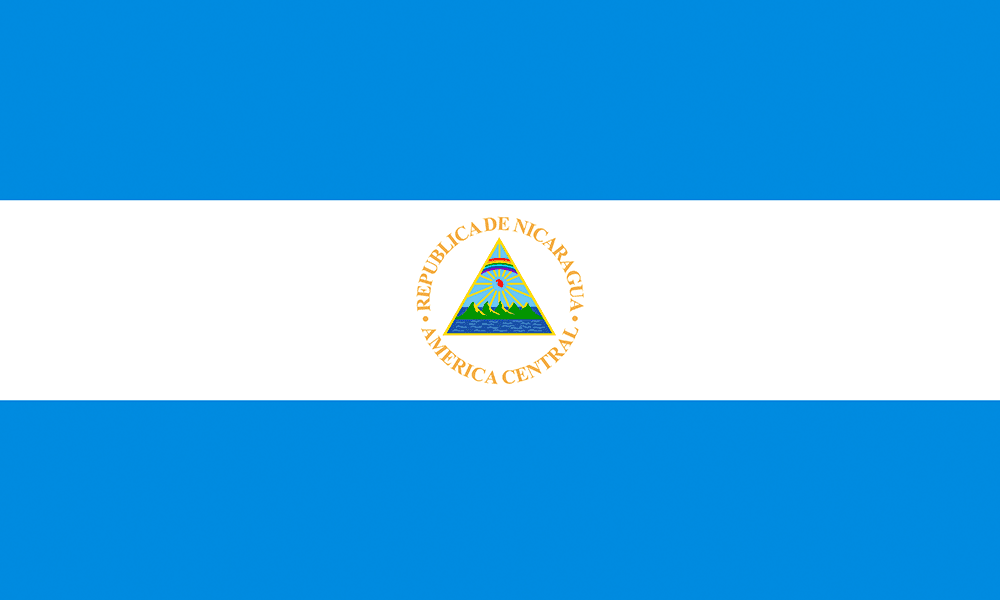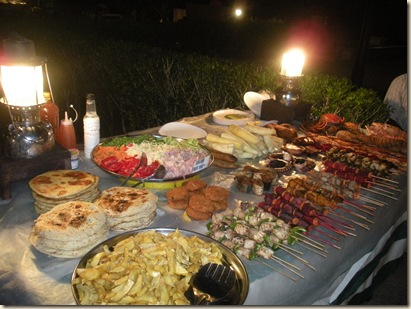I have spent the last few weeks traveling in the unique and beautiful country of Ethiopia. Historically, Ethiopia differs from the rest of Africa with a rich ancient past and written language, including little influence from European colonialism. It also differs with is choice of food and drink including delicious coffee and the grain, tef, lending itself to tasty creations found nowhere else. Ethiopia is a remarkable place.
The first stop I made was with my friends Van and Chris to do some hiking in the Simien Mountain range. This was my first true experience with backpack hiking/camping and, except for the rain, cold and hail, I enjoyed my time.
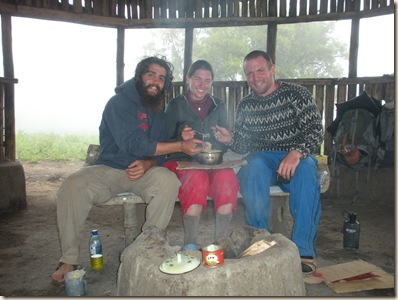
The landscape in the Simien resembles something of a mix between the astounding heights of the Rocky Mountains, breathtaking cliffs and drops of the Grand Canyon with a green covering resembling the Appalachians. I took some photos of the landscapes, but most days it was too foggy for photography, and, as always, photos just diminish the spectacular sights. We did, however, get to see some interesting wildlife, including the Gelda baboon and Walia ibex, which can only be seen in this place in the world. On a couple occasions we just sat and watched the group of baboons playing around, stunning me at how close the mannerisms of these animals are to our own primate species (humans!).
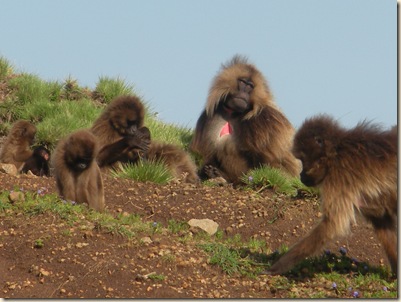
In addition to the amazing views and wildlife we stopped in a village for a traditional coffee ceremony at local person’s home. Ethiopia claims to be the country where coffee originated, and judging by how well they make it here, I can’t argue. After declining three times we were served a plate of injera (the bread/pancake staple) with a sour milk/cottage cheese concoction and the traditional three cups of coffee in the traditional grass hut.
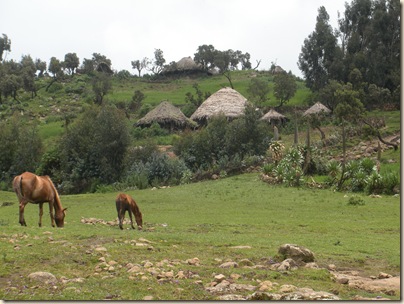
Our three days concluded with a spectacular panoramic view at Imet Gogo before the hike back to town. We completed about 100 kilometers in a matter of four days without incident until the last 20 minutes where we sprinted to the first house we could find to avoid the pelting. bruising hailstorm! The beauty and power of nature kept me in balance until the last minute!
After leaving the mountains and splitting ways with Chris and Van I continued North to check out some of Ethiopia’s spectacular history. The oldest civilization to be recorded in Africa is the Yeha kingdom dating back to approximately the 4th Century B.C. There isn’t a whole lot remaining from this time, but I saw the one wall from an old temple that remains, and some inscriptions and stone symbols paying tribute to the sun and moon, the object of Yeha’s religious loyalties.
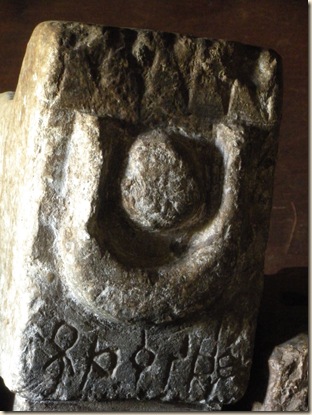
After the fall of Yeha rule, the Axumite kingdom came to rise. The city of Axum was the capital of this civilization, which was a powerhouse of the time, a regular acquaintance and partner of its European and Arabian counterparts. Its most known for its ancient and imposing stelae, which pay tribute to the leaders of the kingdom. The most impressive are over 30 meters tall and date back before the 4th Century A.D.!
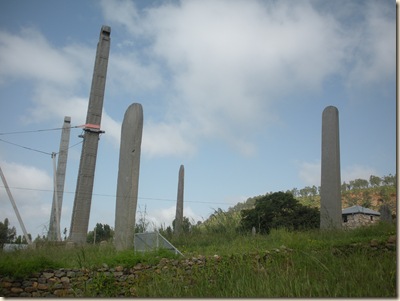
One of these great stelea fell around the fourth century, which the kings took as a sign to convert to Christianity. They then erected a magnificent Ethiopian Orthodox church dedicated to the Virgin Mary where (they claim) the Ark of the Covenant is housed. Only one monk is allowed to see the actual ark, however, so its shrouded, quite literally, in mystery.
While the city of Axum was converting to Christianity, its influence spread and churches started springing up around the country. The most remarkable, however, didn’t spring up, but rather were carved out! Yes, the ancients decided that the best way to construct churches was to carve them directly out of stone, rather than erecting the stones. They also, as I think is consistent with human-adventure-spirit, decided to put them in the most precarious places possible. They are scattered across Northern Ethiopia, but my favorite by far was Abuna Yemata Guh, which required an hour hike and 15 minute climb to reach. I’m terrified of climbing and heights, and this was no exception, but the reward was well worth the fear as I tight-rope walked a stone ledge over a 200 meter drop to cover the last steps to the door of the church. This shot is from the front of the church looking down to the baptismal chamber. Yes, people still haul their newborns up here!
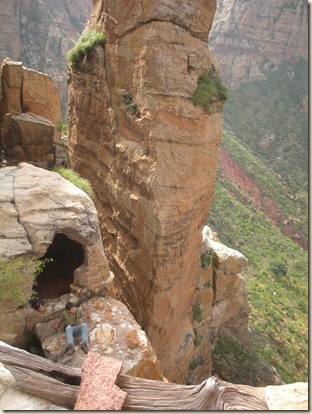
The final stage of Ethiopia’s history that I explored was the reign of St. King Laliabela, around the 13th Century. He’s most known for his miraculous construction (in some cases literally overnight with the help of Jesus or the saints!) of the 11 rock-hewn churches left behind in his capital. Again, the amazing thing about these churches is that they are completely monolithic, meaning that they are entirely one piece, carved from rock. Wandering through these mammoth structures, I too believe that there must have been some divine intervention in their construction. The is Bet Giyorgis, dedicated to St. George.

And I’m finally back to present day Ethiopia, sitting here in Addis Ababa at the Salesian community, waiting for my plane tomorrow to fly me back to Kenya. I have many great transportation, hotel, party and interaction stories that I can’t wait to share with my friends and family when I return home. I need to save something to talk about!
 This is the mighty “Zeitum” the dhow (Swahili sailboat) that I took a day tour for some fishing and beach relaxing. I didn’t catch any fish, but the captain did and we had fresh caught barbequed fish on the beach.
This is the mighty “Zeitum” the dhow (Swahili sailboat) that I took a day tour for some fishing and beach relaxing. I didn’t catch any fish, but the captain did and we had fresh caught barbequed fish on the beach. Looking out my hotel in Stonetown, Zanzibar. Small stone streets that aren’t big enough for cars (there aren’t any cars in Lamu anyway!) make for close quarters with every person, moped, donkey or camel that may be passing through!
Looking out my hotel in Stonetown, Zanzibar. Small stone streets that aren’t big enough for cars (there aren’t any cars in Lamu anyway!) make for close quarters with every person, moped, donkey or camel that may be passing through!